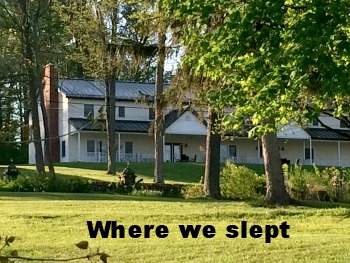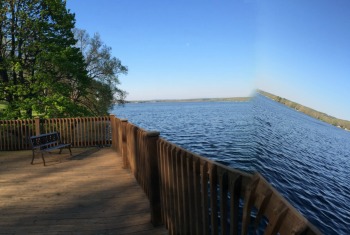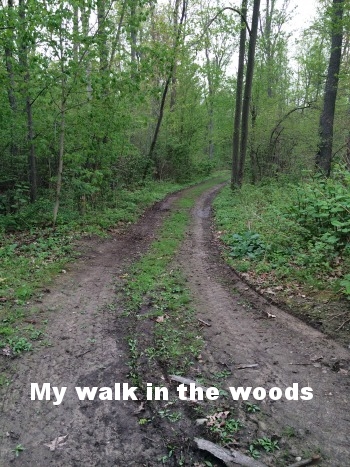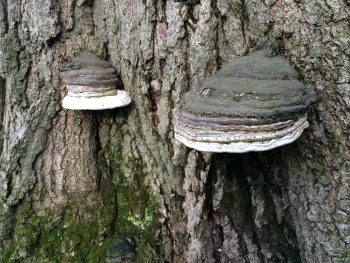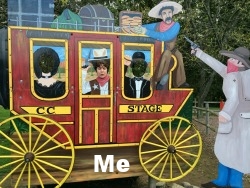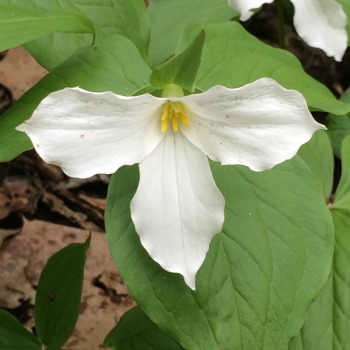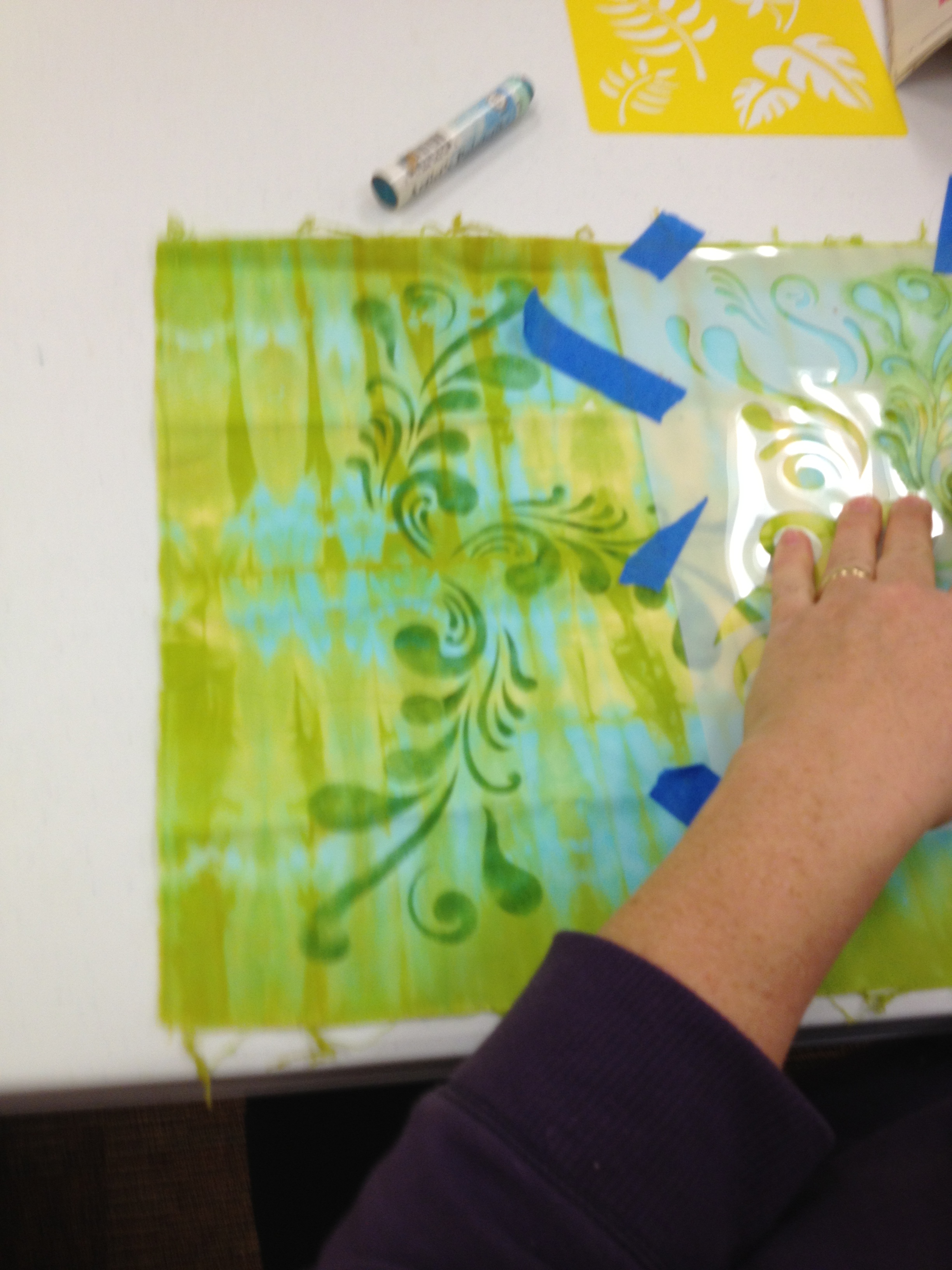To listen to my report on last weekend's guild retreat, check out the latest episode of my podcast. Meanwhile, here are a few pics! This isn't the complete photo-report as some projects will be photographed later.
So, for now, here are the blocks I finished on my jelly roll sampler, a project that's been in the works for a few years.
Jelly Roll Sampler block 10
Jelly Roll Sampler block 11
Jelly Roll Sampler block 12
And, ta da, all 12 blocks together. Approximately three years of piecing. (Well, okay, three years of a couple of hours at a time on retreats.) As you can see, it's mostly a low-volume quilt although that dark burgundy fabric really jumps out in these pictures. It's not quite that stark in real life. I'm going to let these blocks brew on my shelf for a bit until I have time to get them to a quilt shop to find the perfect sashing/border fabric.
Sorry, I really don't remember the name of the jelly roll. By 2011 when I started this it had already been on my shelf for awhile, and I may have inherited from my Mom. So who knows hold old the line is now?
Here's the (in)famous scrap bag/pin cushion retreat project. And yes, true to what I said in my podcast that my friend would be able to finish the second one off right-quick, she's already emailed me that it's done.
Here's the electric seam ripper I talked about on my blog--this was my friend's (I took the picture at retreat). I immediately came home and ordered one for myself. I've got it in hand now, although haven't had to rip a seam out with it yet!
And you know what else I figured out? I've been thinking about getting one of those seam rippers that has the big eraser-like knob on the end that helps you get the broken thread pieces out of the seam after you're done ripping it. Well, I discovered on retreat that the end of my Fons & Porter stiletto works the same way!
I just held it like an eraser, rubbed it across the threads in the seam lines, and they brushed right off. O, joy! I just saved myself $7 or whatever that other seam ripper costs. Let's not do the math with what I just spent on the electric seam ripper, though.
And here's a general photo gallery of shots from around the grounds. A couple are panoramic if they work well in this gallery setting. Also, I discovered I could mess with the panoramic feature on the phone, so there are a couple of photos that I've entitled "When Worlds Collide" and "The Edge of the Earth." See if you can figure out which they are.










